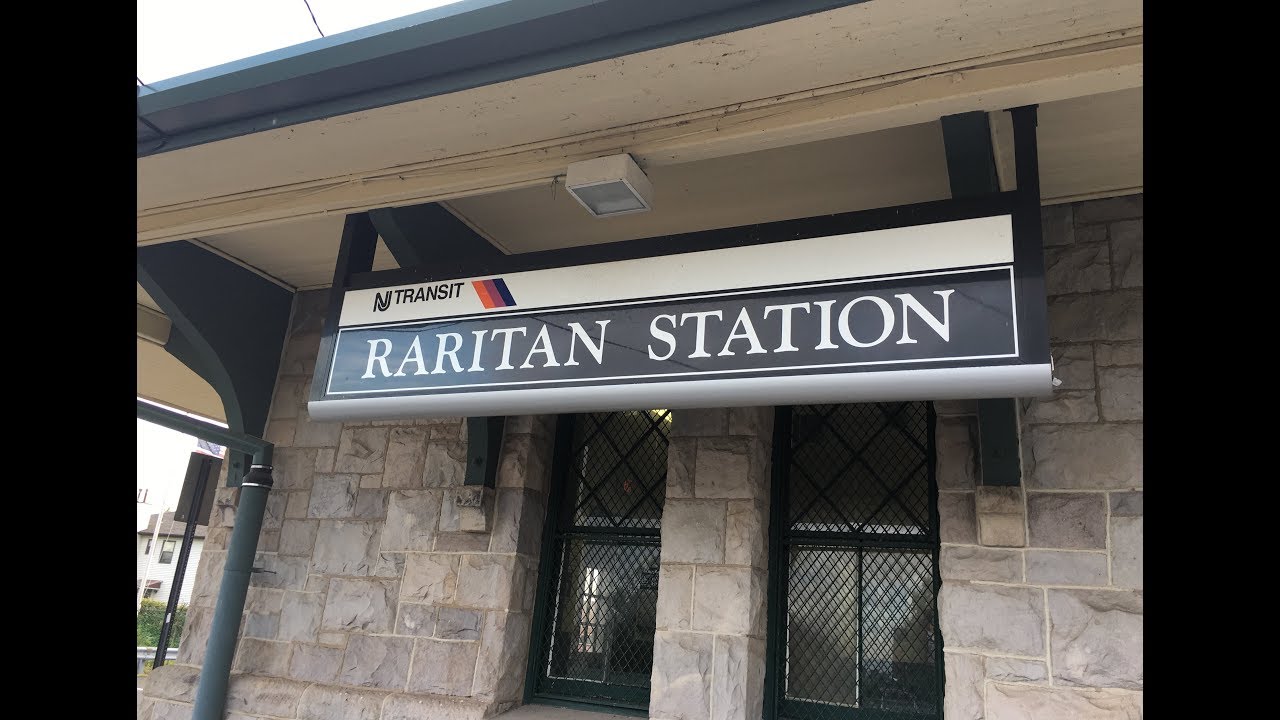
If a train is going to be even a few minutes late an announcement is made and a computerized electronic display repeats that message. When the train arrives the loading and unloading of passengers takes less than a minute.
These impression logistics, along with the technology, have evolved over the 200 years since the train was invented. This article will tell the story of the Raritan Train Station along with the “Raritan Valley Line” of which it is a part.

That limited society as practically all goods had to be produced locally. People were also limited as one seldom traveled more than 20 miles from home.

The workers started to hitch rides on these carts and the practicality of moving people by “a steam engine on steel rails” was apparent. Thus, the idea for the railroad was born.

In 1833 it was decided that one of these railroad lines would start from Elizabethtown (today Elizabeth) to Somerville. Thus, it was named the “Elizabethtown – Somerville Railroad”. This train line would be the forerunner to today’s “Raritan Valley Line”.
(Raritan as a town did not exist yet – there were just a handfull of houses.) The railroad company was in no hurry, for work did not begin until 1834. The train line reached Plainfield in 1838 and Bound Brook in 1840. At first the cars were powered by horses, but by 1838 a steam engine replaced the horse. Horses could only travel seven miles an hour and could only carry a fraction of the load that a steam engine could.
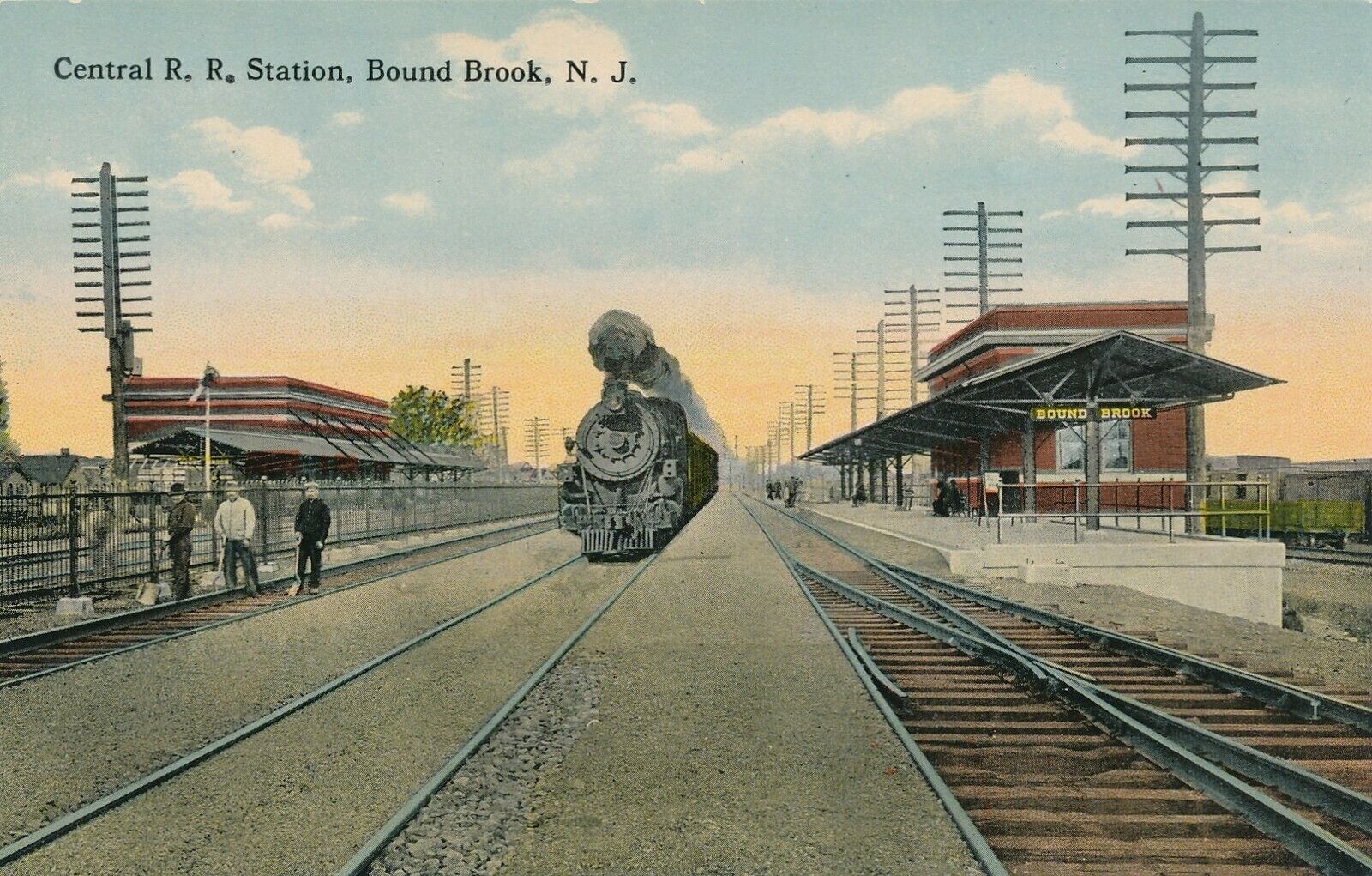
The local newspaper tracked the (slow) progress of the train line on its front page.
After the train line reached Bound Brook a horse-drawn shuttle to Bound Brook was established in Somerville to coincide with the train schedule.
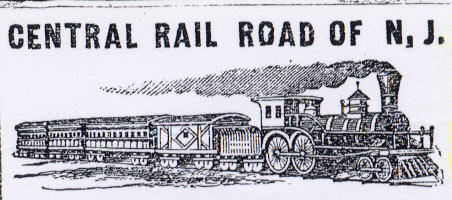
The town celebrated, it now had new opportunities for transporting goods and people.
The small train made the 24-mile trip from Somerville to Elizabethtown about three times a day.
Remarkably the train line was a single track, and would remain that way for decades. Each station had side tracks in case a train had to move out of the way. Of course, great care had to be taken to prevent head on collisions. By the mid-1850s the telegraph, whose lines were installed parallel to the train tracks, played a vital role in train safety.
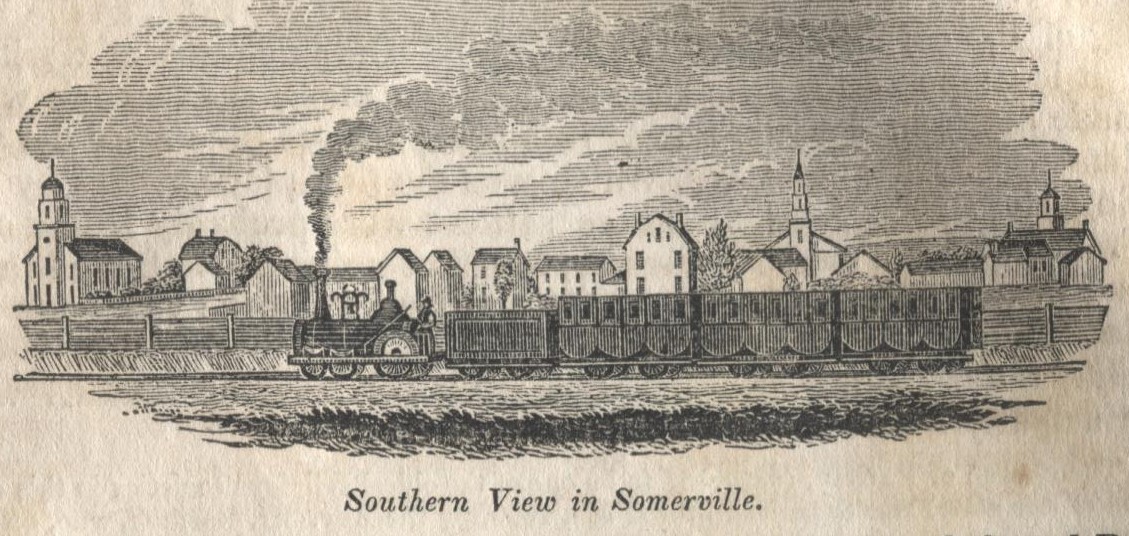
It was an era before any practical photography, therefore a photo of an 1840s train with its cars does not exist. But a good drawing does.
As for Raritan, 1840-1842 saw the building and completion of the three-mile-long Raritan Canal. Thus, the planned-out factory town along the Raritan River had its beginning. Workers who worked on the canal and soon in the factories needed a place to live, thus the Village of Raritan was born.
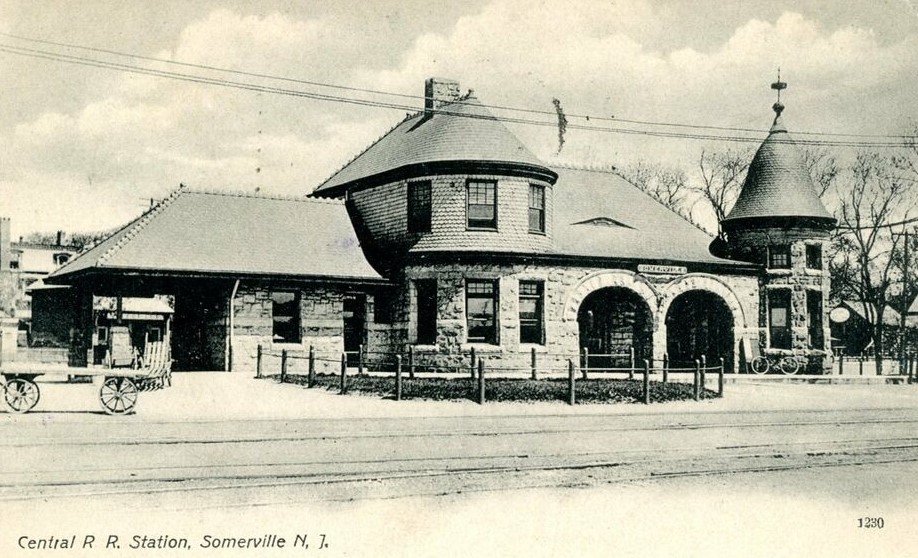
The railroad company had planned to extend the line from Somerville through Raritan to Easton (Pa), but they went bankrupt. After a few years another group of investors took over the railroad. The new company was named the “Central Jersey Railroad” - combining the existing train line and the proposed Somerville-Easton line.
Historical documentation says they extended the train line to Whitehouse in 1848 (and Easton by 1852) – obviously this was through Raritan. There are unfortunately no surviving local newspapers from the entire decade. So, we are left to guess how the small growing town of Raritan celebrated the occasion.
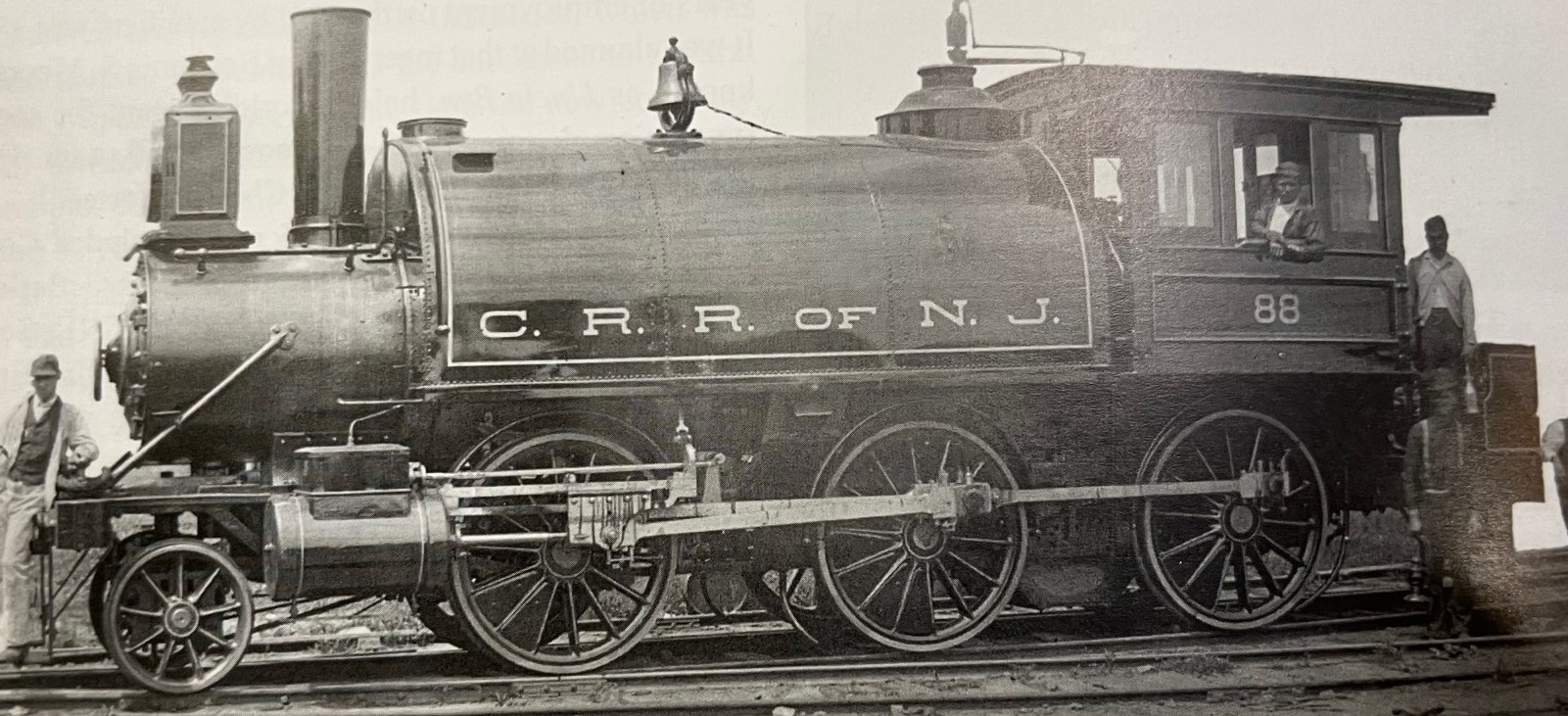
Raritan was a manufacturing town. Early railroad records indicate that it was heavy in freight volume but light in passenger volume.
Around 1870 a standard had been established for the width of the train tracks. By 1880 all train lines converted to it allowing for separate train lines to connect without passengers having to board another train.

As for access to Manhattan, for years from Raritan one could only take the train to the edge of New Jersey. From there you had to take a ferry across the Hudson River. But in 1908 a tunnel was completed from Hoboken under the Hudson River to Manhattan. By 1911, the Newark train station had a line connecting to this tunnel and the “path train” was born giving Raritan and the rest of the state easier access to Manhattan.
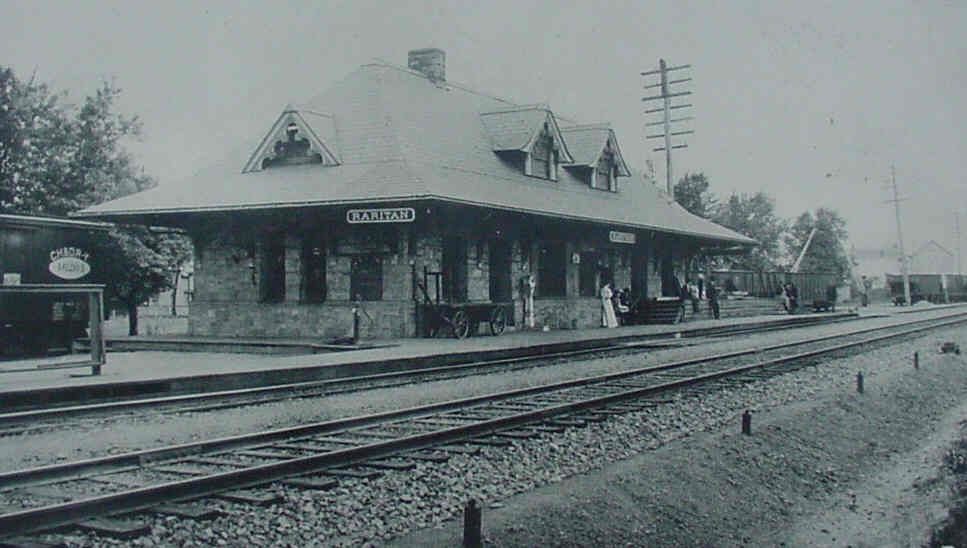
The railroad is always evolving. The old timers in Raritan can recall the era before the automatic safety gates. Until 1968, when a train was coming, a person at the train crossing at Anderson Street and Thompson Street would come out of a little house to Flash a stop sign.

Also, Raritan once had a train extension that ran right down the middle of Lincoln Street across Somerset Street to the Raritan Woolen Mills. This track existed from around 1900 till the late 1950s.
history of the Central Jersey Railroad.